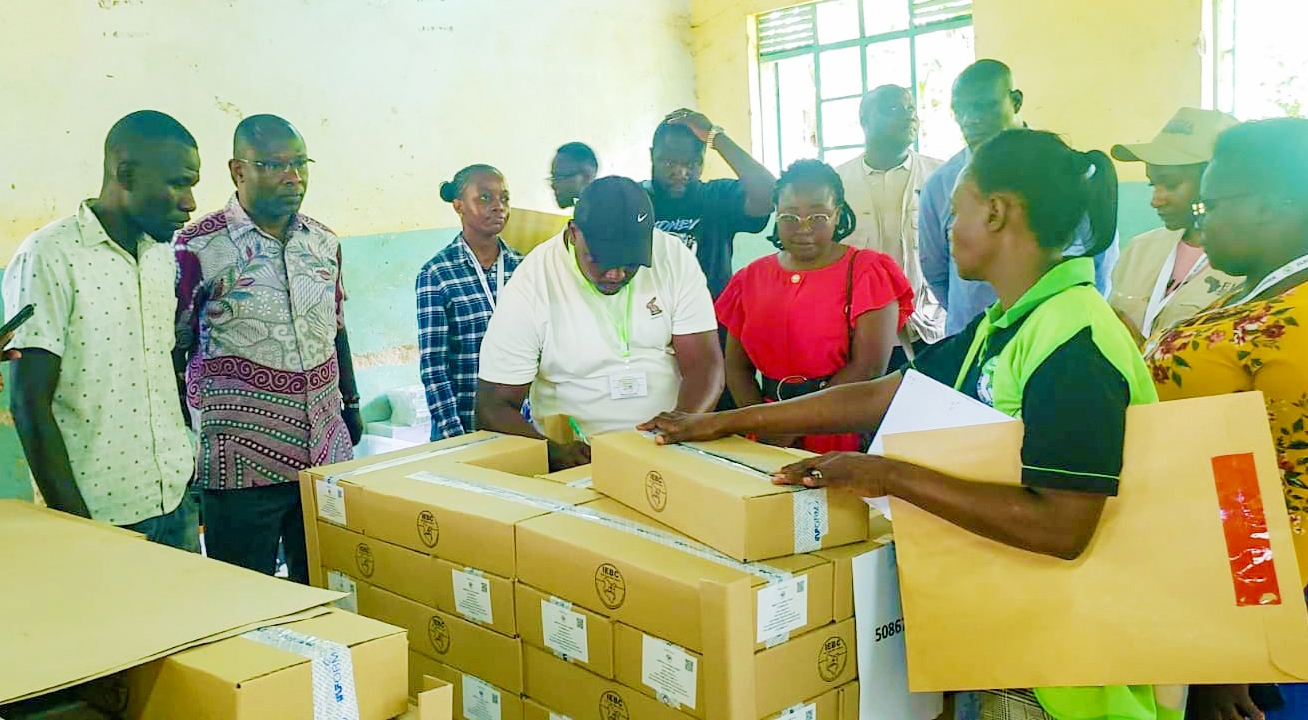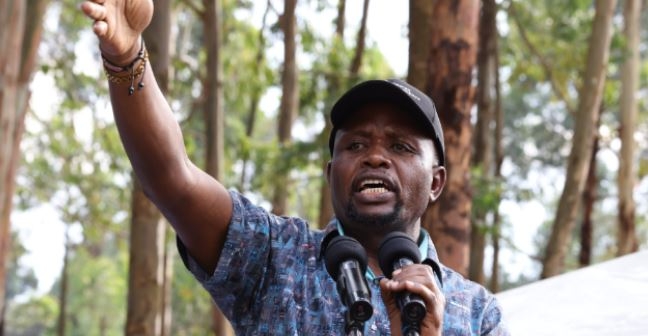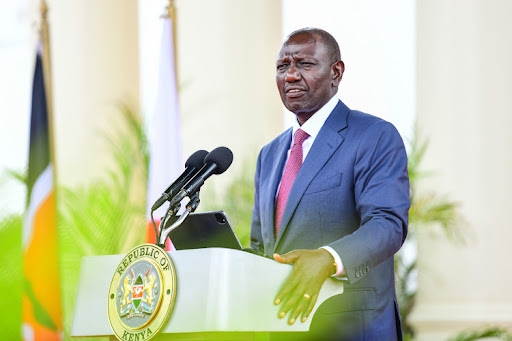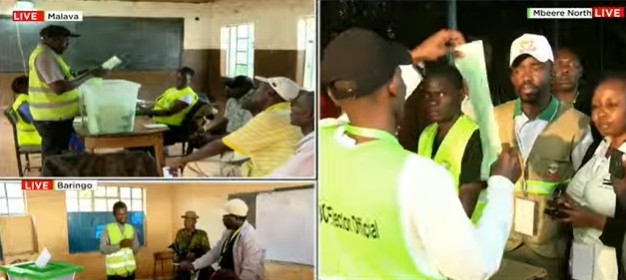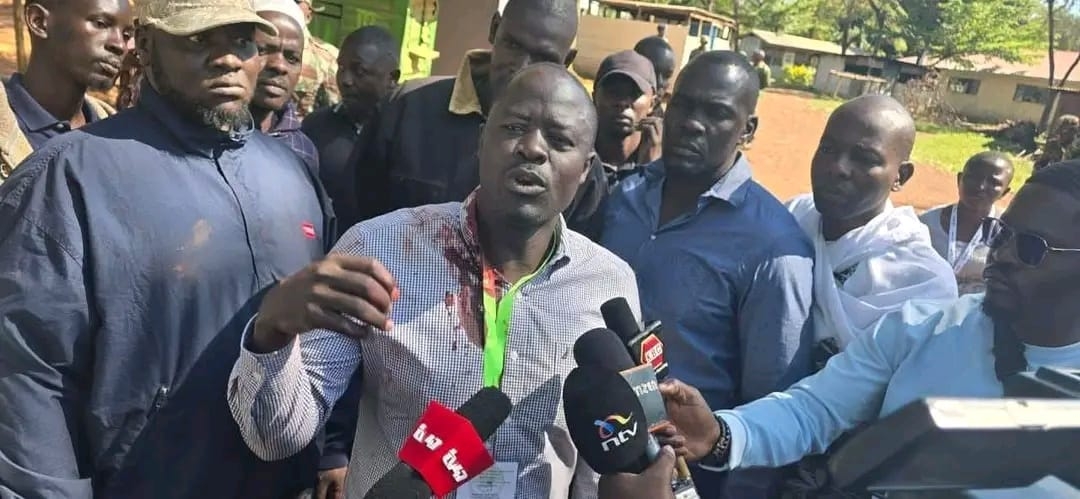Appearing as a guest in a TV talk show some years back, Francis Kimemia, the former Governor of Nyandarua (and before that, Head of the Civil Service) made the point that in Kenyan politics, things are not always what they might seem.
He gave the example of the vested interests, local as well as international, that will always seek to influence Kenyan presidential elections in one direction or another.
But none of their activities are visible to the Kenyan voters, even where these backroom actors may in the end actually have some real influence on the final outcome.
This is a perspective well worth bearing in mind.
And not just as concerned with presidential elections.
An appreciation of the fact that there may be more to any political story than what immediately seems obvious, is useful in very many ways.
Not that long ago, I met an old friend whom I had not seen in an exceptionally long time. And to my surprise, he had nothing but criticism to off er me, basically accusing me – in the writing of this column – of going easy on the current president, Dr Wiliam Ruto and his Cabinet.
He made the kind of remarks often posted on social media by critics who see corruption and mismanagement in just about every major initiative undertaken by the government.
I told him that in my view, the worst corruption actually took place in some of the counties, where in many cases there was barely any pretence of serious governing: it was all just a carnival of theft.
But more importantly, having been a newspaper columnist for many years now, I am usually reluctant to rush to judgment. For what seemed a simple and straightforward case of corruption, may well be something else.
And what seemed like mismanagement, may simply reflect an honest attempt to reconcile competing priorities. Consider these two questions:
First, what would you say if you learned that a governor of a certain county had set up about 100 operational bank accounts? Well, I recently read of a county which had 300 distinct bank accounts.
And naturally, to the average Kenyan, that is a plain case of “where there is smoke there is fire”.
In other words, those many accounts exist primarily as facilitators of corruption.
But if you have worked in a senior management position in the donor-funded NGO sector, you would see it all rather differently. Indeed, having very many accounts in that context is a sign of excellence in the management of donor funds.
Here is a phrase that the managements of grant-giving “donor institutions” dread even more than the flames of hell.
At phrase is “commingling of funds.” What it refers to is the mixing of funds from a variety of sources into just one account, leading to a situation where it becomes very difficult for any one donor to monitor how the funds they gave are being used.
So, many such donor institutions insist
that a new account be opened for each
grant they give.
That way, it is easy enough to track expenditure and to confirm that the money is being spent as agreed.
The logic here is that the more successful an NGO is in fulfilling its mandate, and the more grants it receives, the more bank accounts it will open.
And so, what many an average Kenyan would consider as indisputable proof of corruption, actually turns out to be evidence of excellence in corporate governance and financial management.
This is not to say that there are no NGOs or even county governments which open lots of bank accounts precisely so as to help conceal their fraudulent withdrawals of funds.
But my point is still valid: you cannot make any definite conclusions about mismanagement and corruption based purely on an organisation or institution having seemingly ‘too many’ bank accounts.
And so, experienced newspaper columnists who have ‘seen it all before’ will tend not to rush to judgement; and will certainly not unleash a vicious stream of criticism on a matter concerning which they may well have inadequate information. I have run out of space, and my second example will have to wait until next week.




